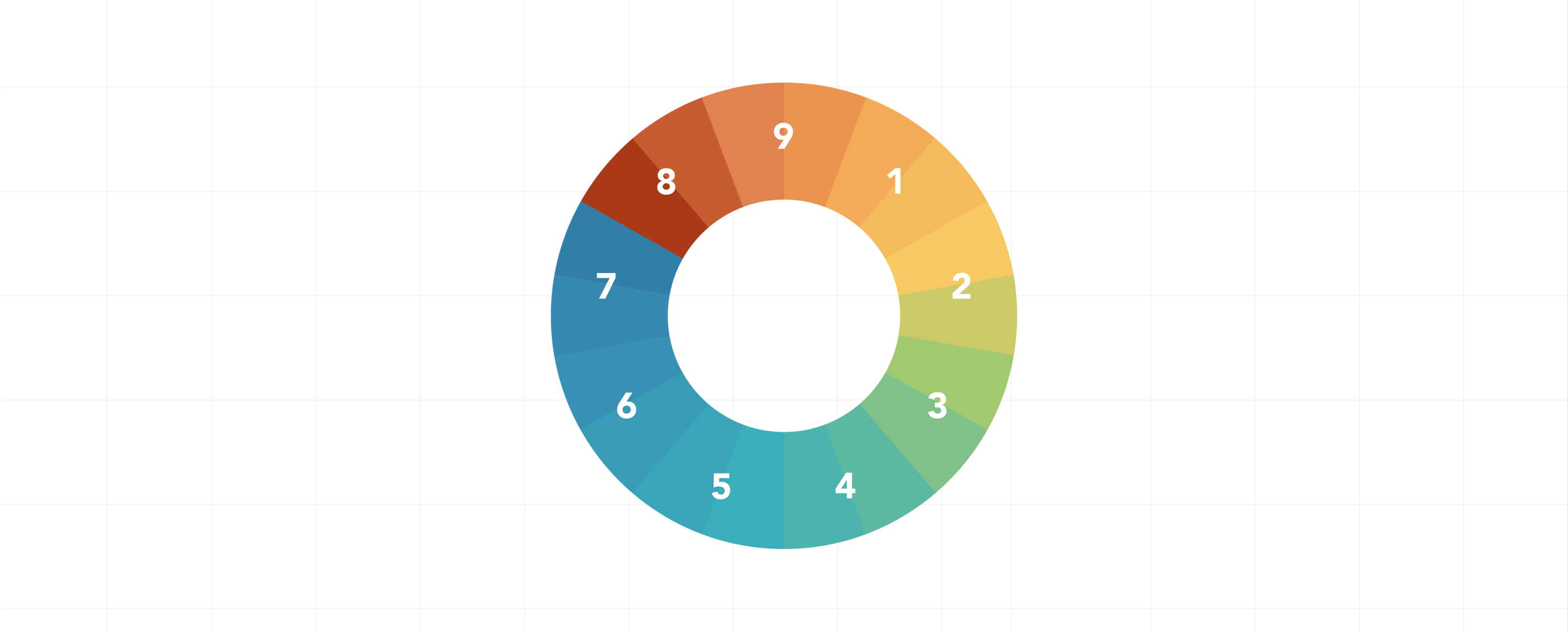
The Enneagram is a personality model consisting of nine unique personality types. Your Enneagram type (or “base type”) is represented by a number ranging from One to Nine, and describes how you tend to view and interact with the world. It is a shorthand way to summarize a mix of deep-seated psychological traits that make you “you,” including your core fears, desires, vices, virtues, avoidances, focuses, manipulation tactics, and more.
Each person belongs to only one personality type, and your type doesn’t change over time. Similar to the Big Five personality model, the Enneagram stipulates that at a certain point in childhood, you become a seed of the person you will become. That is not to say you won’t grow and evolve (you certainly will), but you’re likely to become a better or worse version of yourself rather than a new person altogether.
Types are mostly ungendered and cross-cultural; there is a relatively even distribution of personalities around the world, despite the overly simplified shortcuts we use today, like man, woman, American, etc. Many users hence appreciate the Enneagram for its depth and inclusivity, distilling people down to who they feel they really are, rather than who they’ve been told to be.
The details
Additional aspects of the Enneagram include the concepts of “wing” and “growth” (aka levels of development), which can add vibrant color to the basic type description and make it feel comprehensive.
Everyone has a wing, which dabs traits from an adjacent personality type into their base type, creating a blend of psyche and demeanor. The combination of someone’s type and wing is called a “subtype” and often gives people a fuller sense of feeling seen by offering subtleties that can’t be explained by the base type alone. Knowing someone is a Five is often more than enough to have a basic map of their inner landscape; knowing they have a Four wing can help you see even more of their texture and depth. When typing yourself, identifying your wing can be the last piece of the puzzle that makes your Enneagram type feel snug.
The growth theory of the Enneagram posits that each type is bound to a unique continuum of psychological health. There are nine levels of development along the continuum: three healthy, three average, and three unhealthy. An unhealthy Four will think, feel, and act differently than an average Four, and hence, they may not fully resonate with certain aspects of the type description of a typical Four. Upon reading the Four’s levels of development, however, an unhealthy Four would likely recognize themselves in one of the levels, which masterfully describe the unique ways in which Fours self-destruct/thrive and the dominant traits that manifest at their specific level of psychological well-being.
The Enneagram in practice
No personality type is inherently better or worse than any other. The Enneagram is based on numbers not because of any inherent ranking, but because numbers are an arbitrary, shorthand way to convey information about people. Each type has virtuous characteristics that light up the world around them, and shortcomings that make others roll their eyes. There’s no such thing as a perfect type, so you’re wasting your time if you’re trying to convince yourself that you’re the type you’d like to be rather than the type you actually are.
It is true, however, that the characteristics of certain types are valued more in certain contexts. For example, Asian cultures tend to value the other-focus and pacifism of Nines, and shun the self-focus and directness of Eights (whereas the opposite is probably true in New York.) A Three may be the star of the show at their business school—admired for their social confidence, optimism, and charm—but struggle at a mindfulness retreat that values vulnerability and emotional authenticity. The point is, what’s good or bad is entirely contextual. If something doesn’t come naturally to your type, nothing is preventing you from working to develop that trait and integrating it into who you are. After all, one of the main use cases of the Enneagram is to use it as a roadmap for becoming the best possible you.
If you do choose to use the Enneagram for self-development, which we highly encourage, we offer a few words of wisdom: people often overfocus on what they can add to their person rather than what they can strip away. “If I could just be more extroverted…” “If I can be more creative…” More often, sustainable confidence and contentment emerge after people admit, explore, and develop compassion for their negative traits. Healing happens when you come to peace with yourself: accepting yourself, forgiving yourself, admitting your insecurities and being generally okay with them. To become the best you, think about working on your negative tendencies and embracing the parts you’re ashamed of as much as you focus on adding aspirational layers. Like a Michaelangelo sculpture, the self-actualized you may simply be lying dormant underneath the clay.
What are the nine types?
Below is a brief summary of the nine Enneagram types.
One: The Reformer ⚖️
Wise, balanced, purposeful, passionate, ethical, thoughtful, rational, perfectionistic, and rigid
Two: The Helper ❤️
Altruistic, helpful, warm, nurturing, encouraging, generous, demonstrative, pleasing, and intrusive
Three: The Achiever 🏆
Magnetic, adaptable, diplomatic, ambitious, industrious, competitive, performing, and image-conscious
Four: The Individualist 🎨
Authentic, romantic, distinctive, creative, emotionally intuitive, introspective, and sensitive
Five: The Investigator 💻
Pioneering, insightful, perceptive, curious, observant, thorough, detached, isolated, secretive, and stingy
Six: The Loyalist 🔐
Compassionate, faithful, warm, security-oriented, analytical, community-focused, skeptical, and probing
Seven: The Enthusiast 🎉
Ecstatic, curious, spontaneous, versatile, quick, hyperactive, unfiltered, and impulsive
Eight: The Challenger 💪
Confident, instinctual, self-reliant, protective, tough, straight-talking, aggressive, impulsive, and antisocial
Nine: The Peacemaker 🏞️
Peaceful, accepting, easygoing, imaginative, empathetic, comfort-seeking, willful, and complacent


